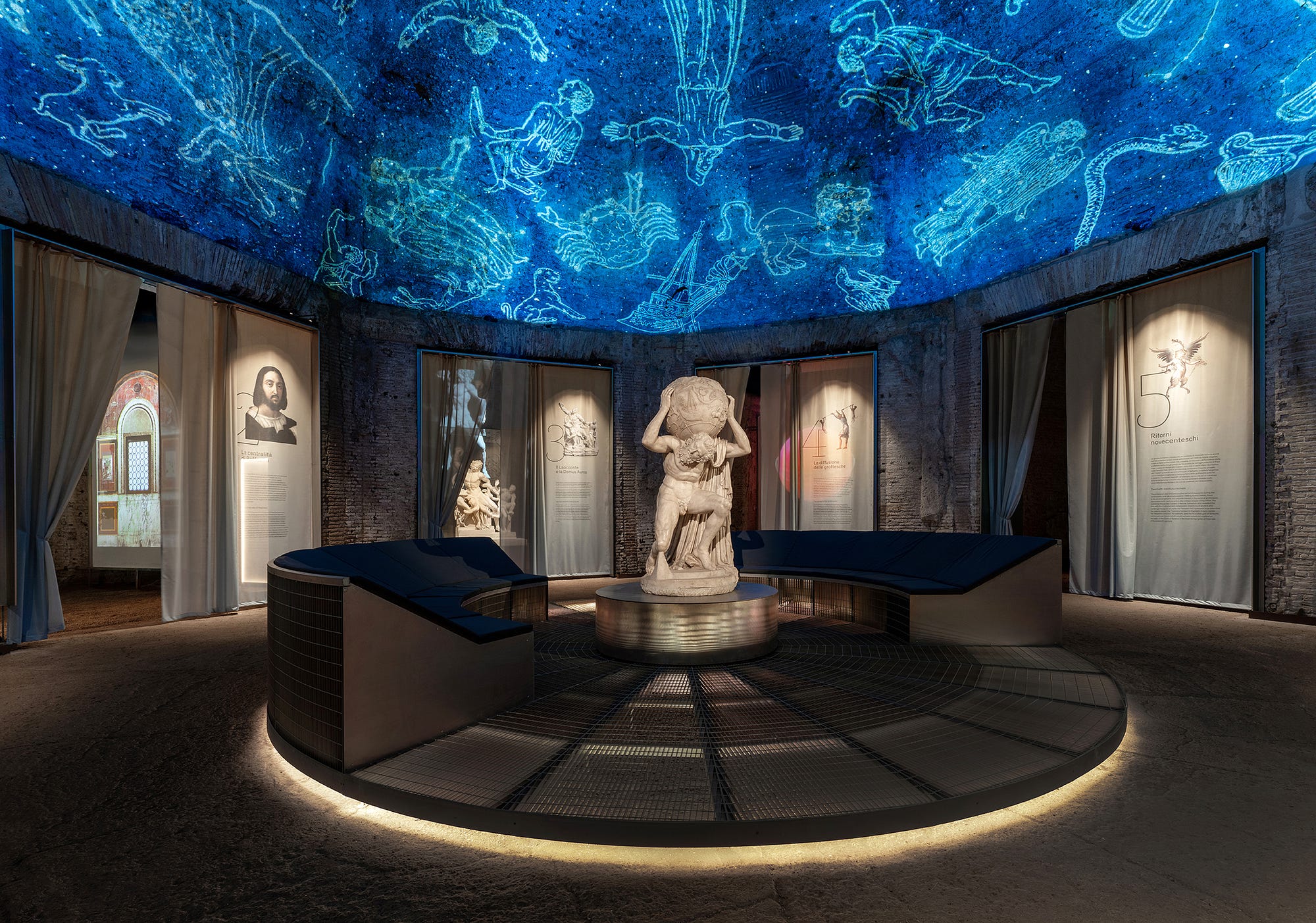In the realm of contemporary art and design, projection design has emerged as a transformative medium, weaving light and imagery into the fabric of physical spaces. From immersive theater experiences to interactive museum exhibits, projection design transcends the boundaries of traditional visual storytelling. This article delves into the unique and thought-provoking aspects of projection design, exploring its history, techniques, and the profound impact it has on audiences.
The Origins and Evolution of Projection Design
Projection design has its roots in early visual technologies, such as the magic lantern shows of the 17th century. These shows, which used oil lamps and glass slides to project images, captivated audiences with their ghostly, ethereal quality. As technology advanced, so did the potential for projection. The advent of film and later, digital projectors, opened up new possibilities for creating dynamic, large-scale visual experiences.
In the 21st century, projection design has become a sophisticated art form, blending technology with creativity. Artists and designers now use high-resolution projectors, 3D mapping software, and interactive elements to create installations that respond to their environment and engage viewers in new ways.
Techniques and Tools of the Trade
**Projection Mapping:** One of the most exciting developments in projection design is projection mapping. This technique involves projecting images onto irregular surfaces, such as buildings, sculptures, or natural landscapes, transforming them into dynamic canvases. By precisely aligning the projected images with the physical structure, designers can create the illusion of movement, depth, and transformation.
**Interactive Projections:** Advances in technology have made it possible to create interactive projections that respond to the presence and actions of viewers. Motion sensors, touch interfaces, and real-time data integration allow audiences to become active participants in the visual narrative. This interactivity adds a layer of engagement and personalization, making each experience unique.
**Environmental Considerations:** Projection design often requires careful consideration of the environment in which it will be displayed. Factors such as ambient light, surface texture, and viewing angles all play a crucial role in the final outcome. Designers must balance these elements to ensure their projections are both visually striking and contextually appropriate.
The Impact of Projection Design on Audiences
Projection design has a profound impact on how we perceive and interact with spaces. By altering the visual landscape, it can evoke emotions, tell stories, and provoke thought in ways that static displays cannot. Here are a few ways projection design influences audiences:
**Immersive Experiences:** Projection design can create immersive environments that envelop viewers, making them feel as though they have stepped into a different world. This is particularly effective in theatrical productions and themed attractions, where the goal is to transport the audience to another time or place.
**Public Engagement:** In public spaces, projection design can serve as a powerful tool for engagement and community building. Large-scale projections on buildings or in parks can transform ordinary environments into sites of wonder and curiosity, encouraging people to gather, interact, and reflect.
**Educational Value:** Museums and educational institutions use projection design to bring exhibits to life. Dynamic visuals and interactive elements can make complex concepts more accessible and engaging, helping to educate and inspire visitors.
Challenges and Future Directions
While projection design offers many exciting possibilities, it also presents challenges. Technical issues such as projector alignment, image resolution, and software compatibility can be complex and time-consuming to resolve. Additionally, the temporary nature of many projections means that designers must continually innovate to keep their work fresh and relevant.
Looking to the future, advancements in augmented reality (AR) and virtual reality (VR) are likely to further blur the lines between physical and digital spaces. Projection design will continue to evolve, incorporating these new technologies to create even more immersive and interactive experiences.
Conclusion
Projection design is a unique and thought-provoking art form that transforms spaces and captivates audiences. By harnessing the power of light, imagery, and technology, designers can create visual narratives that transcend the limitations of traditional media. As this field continues to evolve, it will undoubtedly open up new avenues for creative expression and audience engagement, making it an exciting area to watch in the years to come.




